World’s ten most liveable cities and what makes them special
Have you ever considered the city you are living in being liveable? And what is it that makes a city liveable? You might find the answers to these questions in the annually published Quality of Living survey by Mercer, a consulting firm that compares 231 major metropolises every year to find out the most liveable cities in the world.
Mercer annually evaluates cities in a compassing Quality of Living survey. The survey is built on 39 differentfactors, which include economic vibrancy, domestic security, infrastructure, crime figures, telecommunication, local law enforcement performance, currency exchange, recreational facilities, energy and water provision, housing, educational resources, climate, etc. Below is the list of the world’s most liveable cities, ranked in 2017 by Mercer Quality of Living Survey.
#10 Sydney, Australia
Sydney is not only famous for its outstanding Opera House with the sea view but also for having 340 sunshine days per year. Being the Asia Pacific’s financial hub, Sydney is regarded as Australia’s leading knowledge-based economy. Another major hub of the city is to be found in its infrastructure – The Sydney Airport is one of the world’s longest continuously operated commercial airports and saw 38.5 million passengers pass through in 2014 [1].
Sydney Harbour at Dusk
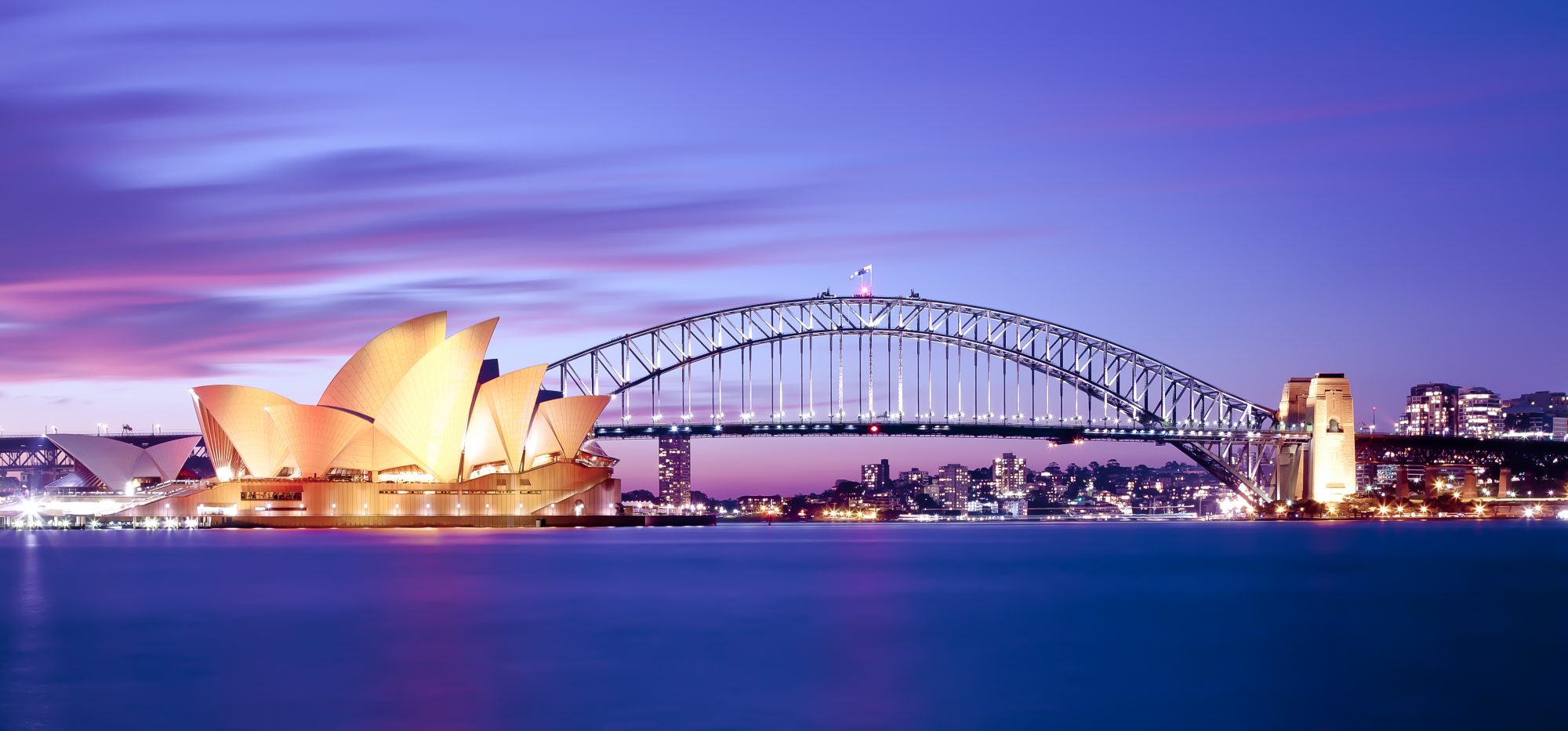
Another aspect why Sydney scored well is the vast possibilities for sporting – an important factor in the survey for health resource. It still owns the status as a past Olympic city with a strong sporting culture. No wonder, the closeness to the beachfront attracts for countless water sport activities. Moreover, the city is home to some amazing green places such as the Royal Botanic Garden, Hyde Park and The Domain.
#09 Copenhagen, Denmark
When it comes to Copenhagen, one might think of the happiness ranking with Copenhagen being the happiest city in the world. The overall satisfaction of Danish people comes from the high living standard. The city has a stable economy focusing on information technology, pharmaceuticals and sustainable energy such as large offshore windfarms.
Nyhavn in Copenhagen, Denmark
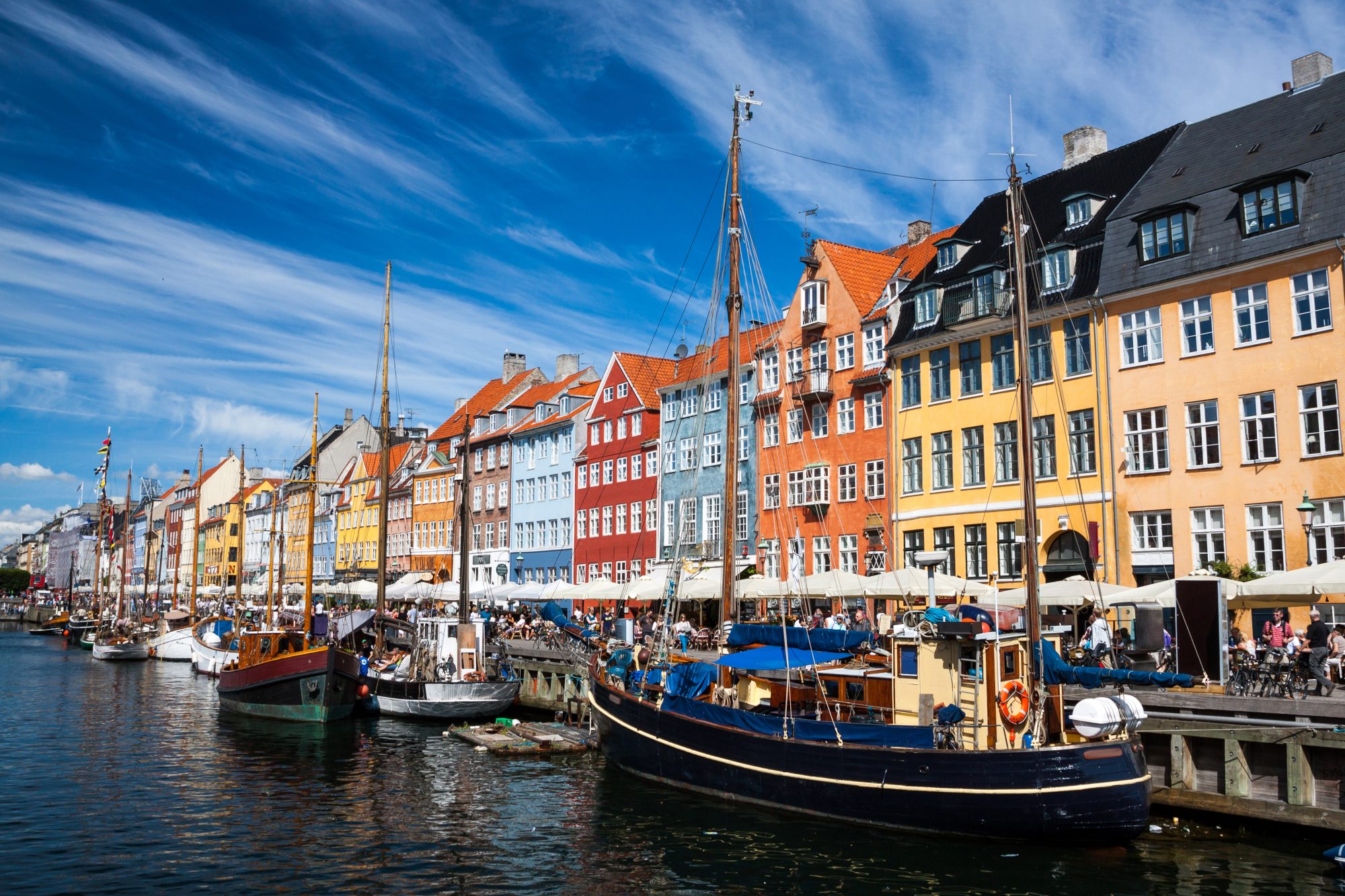
What makes Copenhagen special is its unique bicycle culture. The city is famous for its vast bicycle lanes. Around 45 per cent of the city residents ride to work. Copenhagen was ranked as one of the most environmentally friendly cities. In fact, it officially pursues the aim of becoming carbon-neutral by 2025.
#08 Geneva, Switzerland
As home to some most important international organisations like the United Nations, the World Health Organisation, the Red Cross or the World Trade Organization, Geneva plays an important role on the stage of international diplomacy and business. Against this background, roughly 45% of the city’s residents are expatriates representing around 200 nationalities.
United Nations Building in Geneva Switzerland
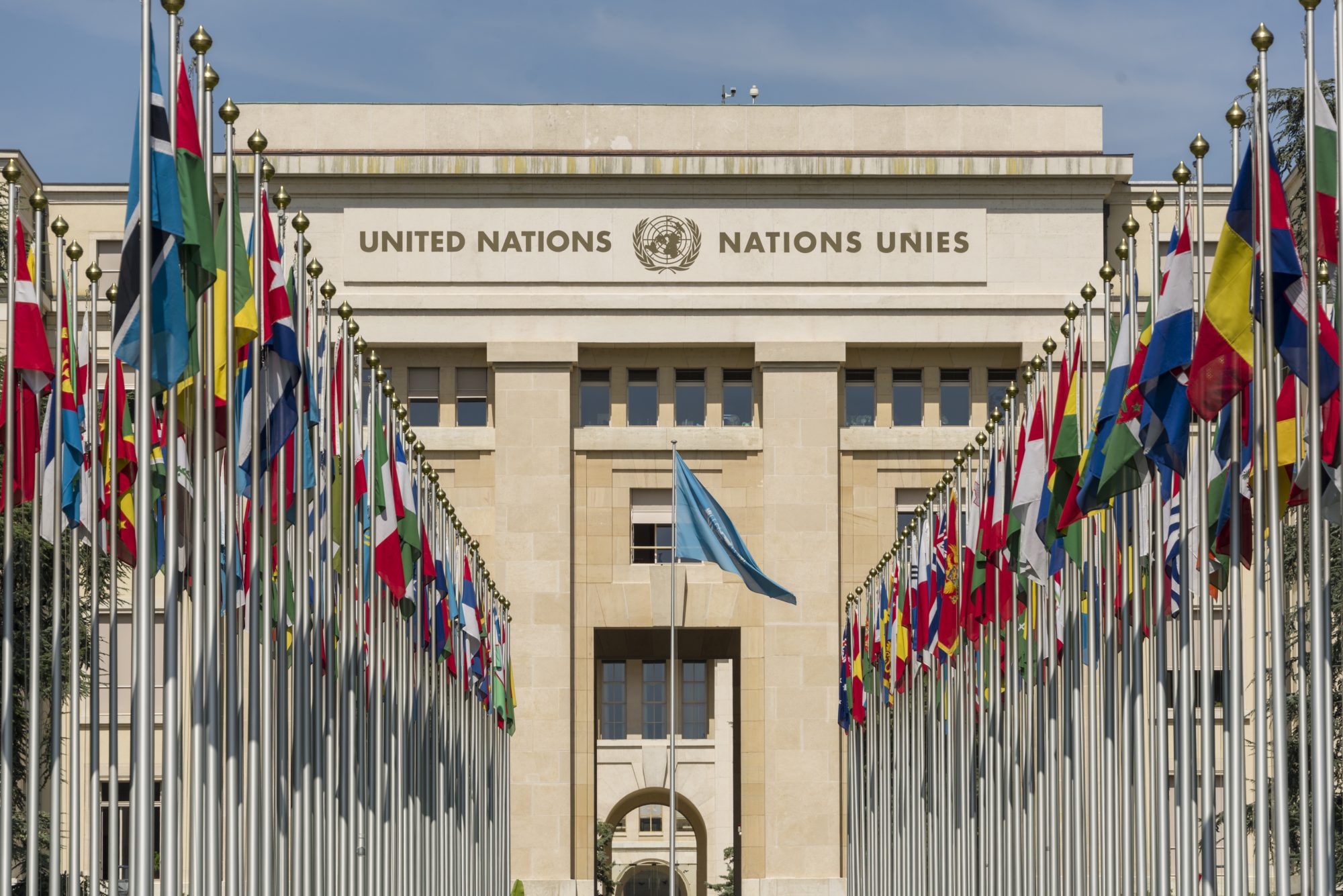
Despite being one of the most expensive cities in the world, Geneva manages to balance between world-class economy, luxury brands, sustainable development and a vast number of fascinating museums, theatres and grand monuments. Moreover, flanked by the alps and Jura mountains, on the shores of Lake Geneva, it offers convenient access to sport and recreational activities such as skiing, climbing, hill walking, cycling, riding and water sports.
#7 Frankfurt, Germany
The city is best known as the business and finance capital of Germany. With the presence of the European Central Bank (ECB) that makes a large contribution to the economic stability of the euro area, Frankfurt is considered to be the second most important financial city in Europe, after London. Currently, the city is home to some of Europe’s largest commercial banks.
Frankfurt am Main Skyline
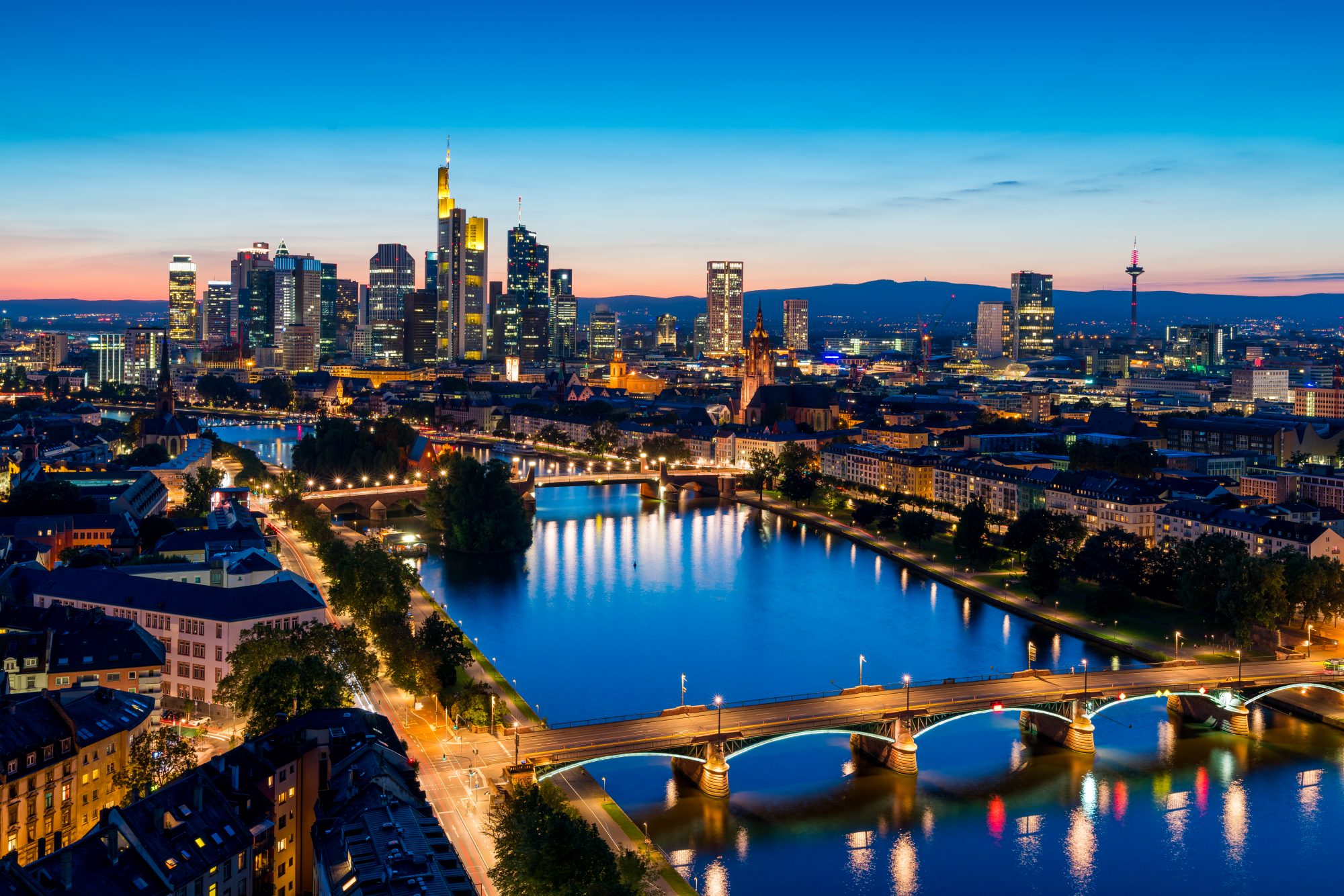
However, did you know that 50% of Frankfurt’s city are protected green areas despite of its status as one of the Europe’s most skyscraper-filled cities? It certainly has more to offer than the high building blocks as it is topping with a mix of commerce, culture, education and tourism. Moreover, Frankfurt appears as host of the world’s largest motor show and the world’s largest book fair.
#6 Düsseldorf, Germany
Düsseldorf stands out as a significant hub for international business and finance and serves as one of the top telecommunications centres in Germany with a leading position in the mobile phone market. Because of its predominant influence in international business, Düsseldorf offers a range of international schools for expats living in the city. The educational aspect has been relevant in Mercer’s Index.
Rhine bridge with Tower in Media Harbour, Düsseldorf
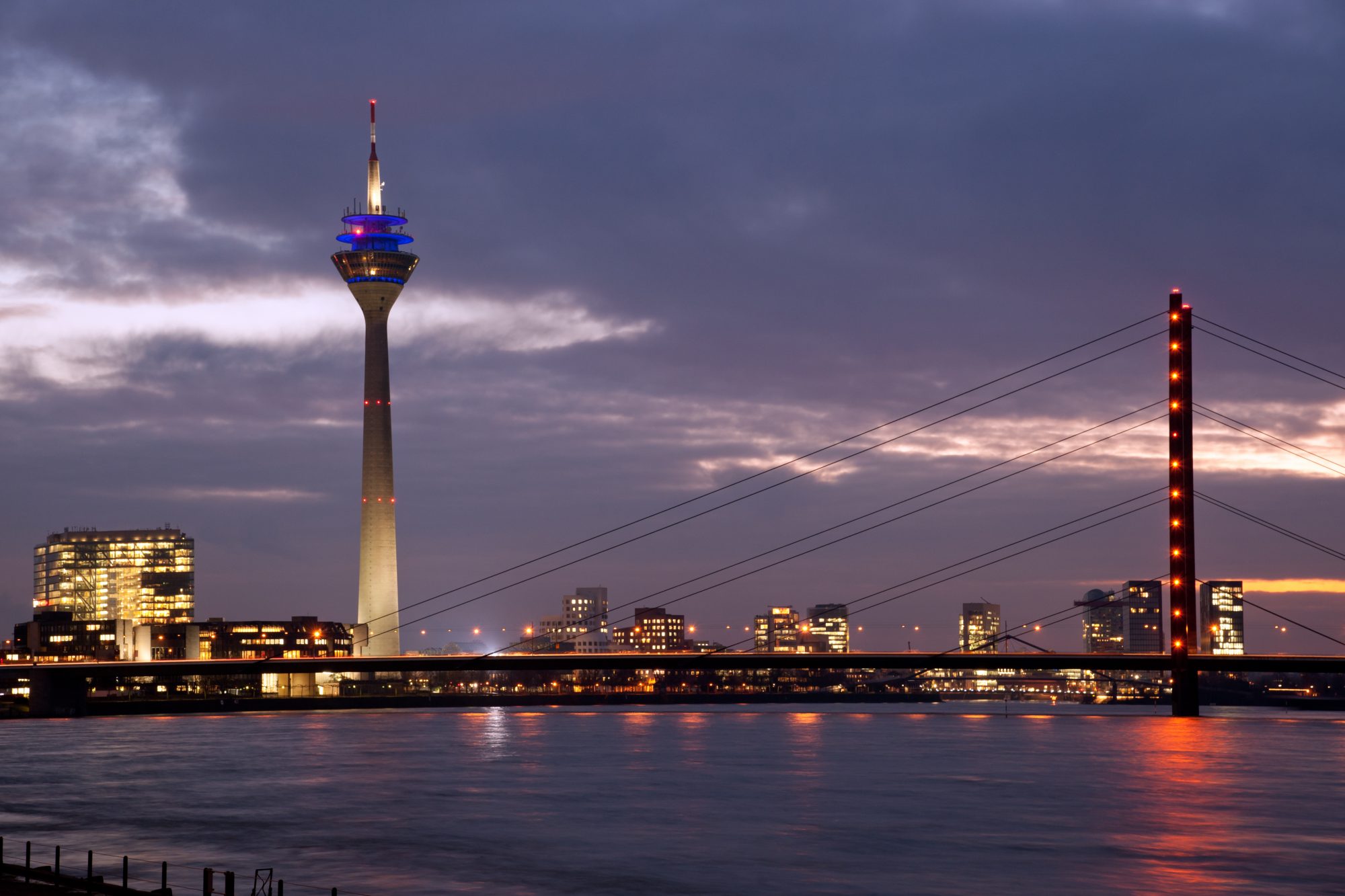
Other attractive sides of the city are the easy accessibility to different locations as everything is comparatively easy to reach, by foot or by bicycle. With more than 100 galleries and 26 museums and a fashion-conscious community, Düsseldorf offers space for the creative sector. [2]
#5 Vancouver, Canada
The Pacific city is surrounded by ocean and mountains. It is a place where people appreciate great scenic nature, which might be the reason why Greenpeace started here. One can enjoy activities on the water front in the middle of the city and in Winter, just a stone’s throw from the city, some skiing rounds in the mountains such as the Cypress Mountain or the Mount Seymour.
Skier and snowboarder waiting for sunrise on Grouse Mountain

Apart from these epic adventures on its doorstep, Vancouver is one of the most diverse and cosmopolitan cities in the world. Mark Jones writes:
Everyone wants a part of Vancouver: families from Shanghai, high-achievers from Mumbai, film-makers from LA, CGI designers from London – and anyone in Canada who is a bit fed up with the cold. No Ontario blizzards, no LA smog, no Hongkong chaos.[3]
#4 Munich, Germany
Some would relate Germany’s city Munich with the annual Oktoberfest – the beer festival. However, there is more to the refreshment festival in autumn. Until 1918 Munich was the capital of the Kingdom of Bavaria. The Wittelsbach dynasty – Bavaria’s ruling family not only left regal spirit but also some amazing architecture pieces to be admired. The range of highlights extends from the late Gothic Frauenkirche to the classicist masterpieces of Leo von Klenze.
Munich, Germany skyline at City Hall

Besides, Munich is the hub of some most creative industries. It is regarded as Germany’s Silicon Valley because of its creative energy and growth opportunities. With its exceptional airport you can fly from Munich to destinations all over the globe – an essential asset for guaranteeing the uppermost mobility worldwide.
#3 Auckland, New Zealand
The nickname of Auckland is “The City of Sails” – an evidence of its large number of yachts moving between Manukau and Waitemata harbours. One can get on a ferry from the city and within half an hour landing on some of the small islands and enjoying the beach.
Auckland, New Zealand
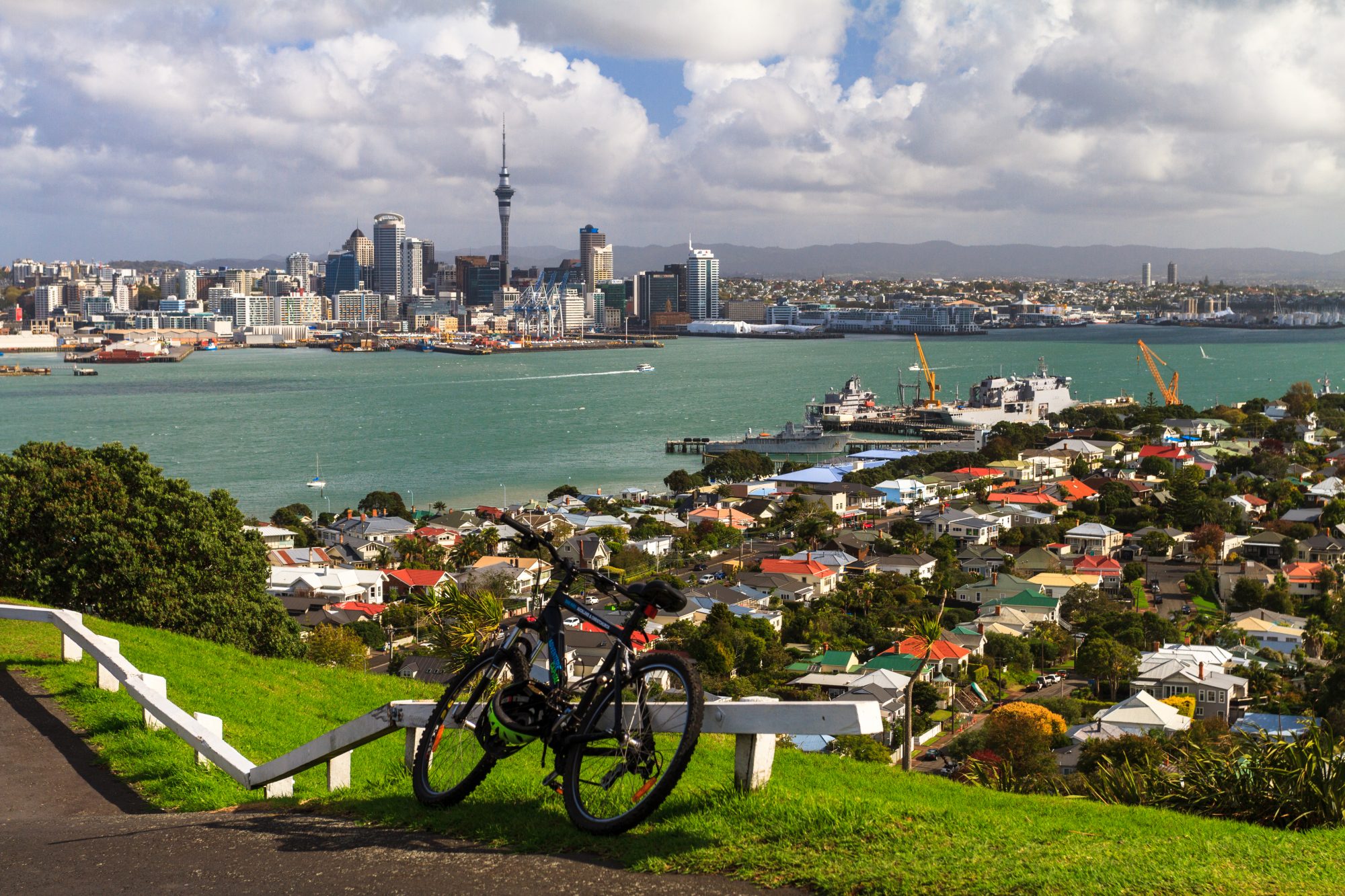
On top of the active outdoors lifestyle, Auckland has an attractive job market with excellent opportunities for English-speaking experts in IT industries, construction, manufacturing, banks and healthcare. Furthermore, the education standard in Auckland is exceptionally high-ranked which makes it attractive for families to settle down. Overall it is a “great place to live, work, visit and do business [4].”
#2 Zurich, Switzerland
Zurich is often perceived as an equivalence of wealth. This is probably not the only reason why it became the second place of the world’s most liveable cities according to Mercer. The high living standard represents in details such as: high safety, easy mobility with extensive public transport and cycling lanes, green areas and parks. Plus, the bunch of lakes and the closeness to the mountains with their countless activities in summer and winter make Zurich a recreational place within its own city.
Beautiful view of the historic city centre of Zurich

Apart from that, Zurich was voted the most sustainable city on the planet by The Lonely Planet in 2016. With its sustainable achievements in renewable energies, a sustainable public transport system and outstanding public awareness of environmental issues Zurich is taking sustainability issues to high priority. [5]
#1 Vienna, Austria
Vienna has topped on the Mercer’s list of the most liveable city in the world for the eighth year in a row (2000 – 2018). With its 1.8 million inhabitants Vienna has managed to remain a city with high quality of life. The city has scored well in factors such as reasonable price for rents and general living costs. This has much to do with city’s involvement in social housing – municipal tenement complexes. Some of the most remarkable social housing like the Karl-Marx-Hof has a length of over a kilometre and was designed for a population of about 5000.
Vienna at sunset, aerial view from above the city
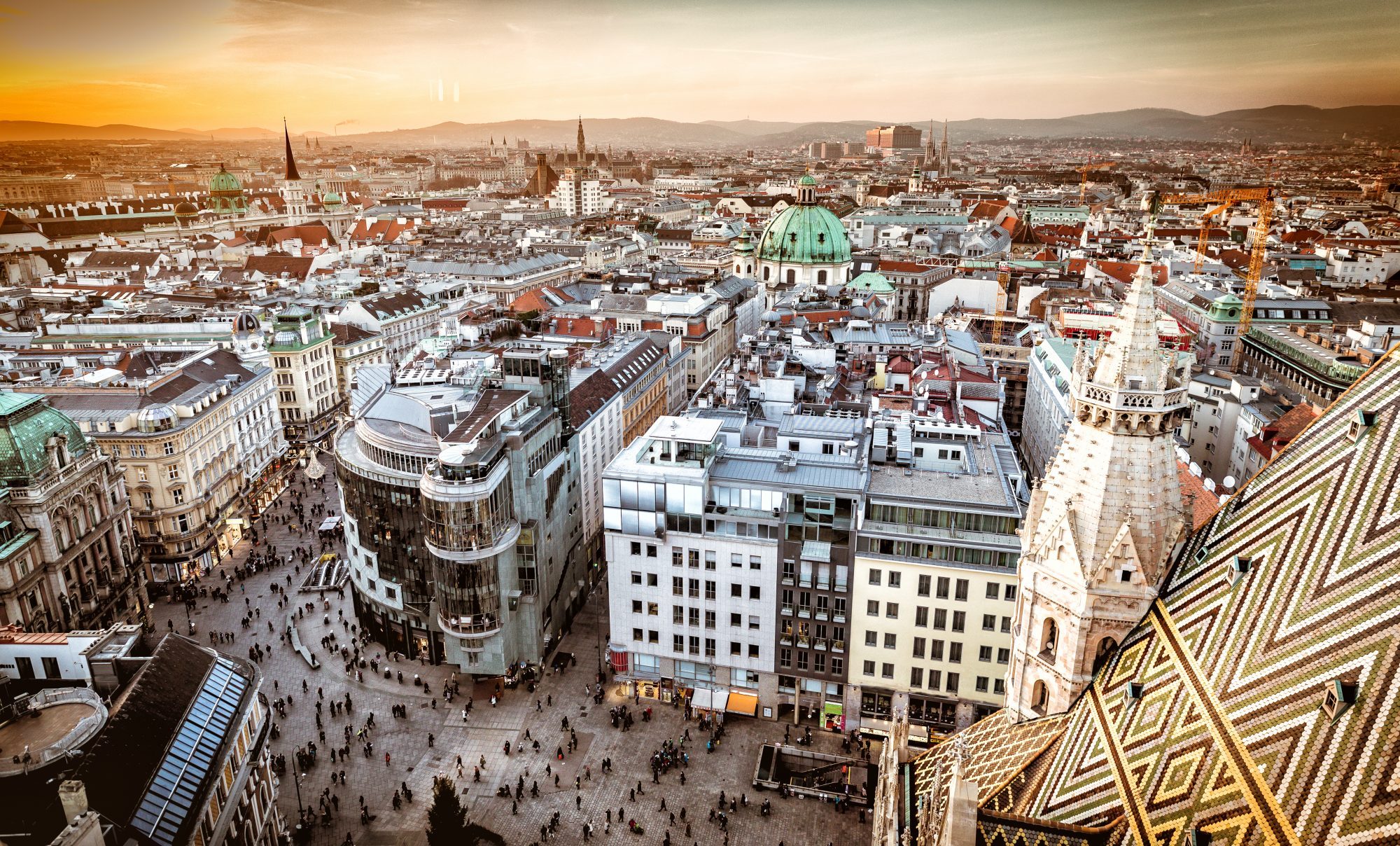
The public transport and infrastructure are other factors which Vienna can boast with. The U-Bahn (metro) in Vienna is easy to navigate and a 24-hour service runs at the weekends with bus and other shuttle possibilities. On top of that, other aspects such as excellent health care, stable economy, large parks, high safety and last but not least: an abundance of culture and arts with a strong heritage for exceptional classical music, fine arts and theatre, all of them made Vienna standing out on the top of the most liveable city in the world.
References
[1] https://perfecthire.com.au/index.php?route=blog/blog&blog_id=28
[2] https://www.telegraph.co.uk/travel/galleries/The-worlds-most-liveable-cities/dusseldorf/
[3] https://www.telegraph.co.uk/travel/destinations/north-america/canada/vancouver/articles/vancouverwhat-to-see-and-do-why-you-should-go/
[4] https://www.stuff.co.nz/travel/news/77196028/Auckland-ranked-worlds-third-most-liveable-city-Mercer
[5] https://www.lonelyplanet.com/news/2016/09/15/worlds-sustainable-city-zurich/
Keywords
Liveable cities, Sydney, Frankfurt, Dusseldorf, Geneva, Copenhagen, Auckland, Munich, Vancouver, Vienna,
Zurich, City of Sails, public awareness

